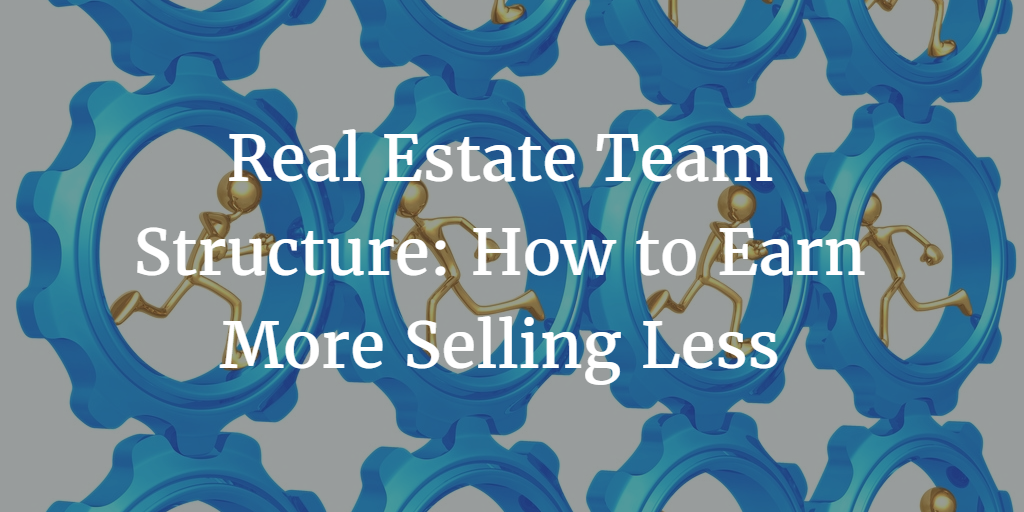Would you consider implementing a real estate team structure that allowed you to earn more selling less? Recent guest Jeff Cohn decided to do just this, opting for the real estate CEO model over the more common options. It’s worked out well for him to say the least. Last year, Jeff managed to net nearly $1 million without a single sale. In this post, we’ll briefly cover what the CEO model is and how it compares to a couple of the more common real estate models. For more detailed information on these models, and for tips on making the switch to the CEO model, listen to the podcast below.
[app_audio src=”http://traffic.libsyn.com/hibandigital/Jeffrey_Cohn_0512.mp3″]
Community Model: The Least Effective Real Estate Team Structure
Despite the fact that the community model is, in many ways, the least effective, it’s still an incredibly common real estate team structure. Jeff estimates that approximately 40% of real estate teams operate using the community model. Essentially, these teams are comprised of three or four agents who share expenses, perhaps a virtual assistant, but they share none of their profits. In other words, agents in these teams only profit when they close a deal.
Unfortunately, this team model simply doesn’t support the volume of business required to generate respectable profits. Also, with the lack of cohesion and no commitment to a common goal, agents in these teams are hard to hold accountable and more likely to become complacent.
Rockstar Model: The Real Estate Team Structure That Allows Mediocrity
The most common model in real estate is the rockstar model. In fact, roughly 58% of real estate teams have structures that fit the rockstar-model description. These teams typically have one highly visible agent. In many cases, these teams are formed by and named after this agent.
As with teams following the community model, agents are likely to become complacent when working in teams following the rockstar model. The reason for this is that teams following the rockstar model often have one agent closing the vast majority of deals. The other agents simply pick up the scraps, closing a few deals here and there. When the rockstar agent leaves one of these teams, there’s a good chance the team will start losing money quickly.
CEO Model: The High Profit, High Value Real Estate Team Structure
Now, let’s move on to the best real estate team structure: the CEO model. Teams following the CEO model are organizations that have the potential to operate independently from the people who build them. So, unlike rockstar teams, CEO teams are branded in a way that doesn’t tie any particular person in with the day-to-day operations.
With the right talent, good accountability, and solid management, CEO teams can be quite profitable, and the people who start them don’t need a hand in sales to benefit from agents’ work. Also, since they aren’t associated with one agent in particular, they are far more valuable than teams following other models. These teams can be sold with or without the involvement of their founders, which makes acquiring them far more appealing to major real estate brokerages.
If you want to learn more about the CEO real estate team structure and the benefits associated with it, be sure to listen to the complete podcast interview with Jeff Cohn.






